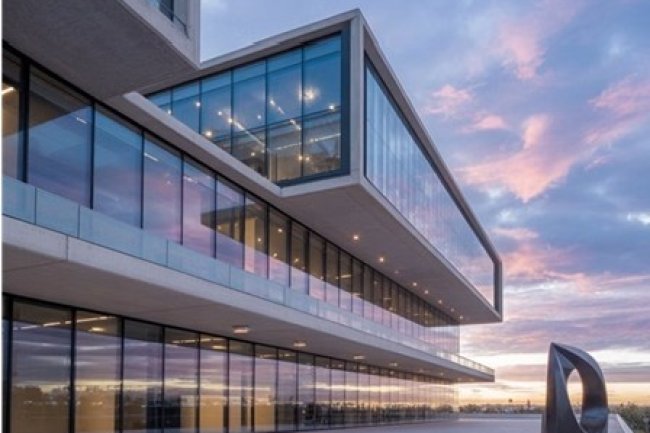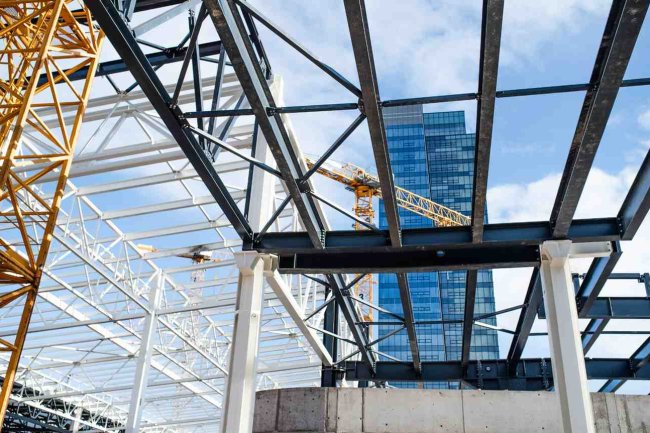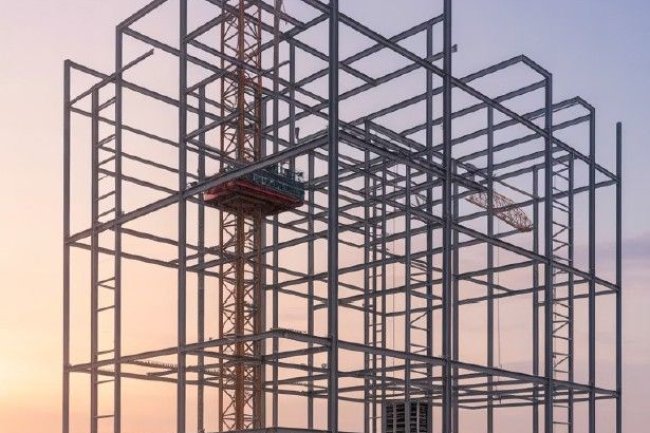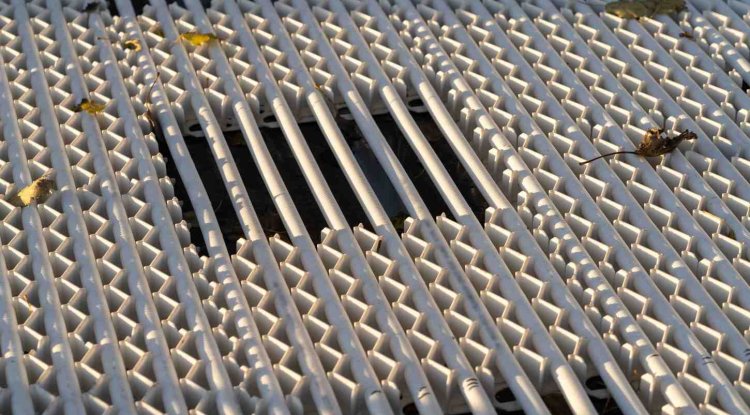Performance-Based Structural Design for Seismic Zones
Building resilience in earthquake-prone regions demands more than standard code compliance; it requires innovative approaches that balance safety with practical design.This blog explores how performance-based structural design is transforming the way we create structures in seismic zones, ensuring both safety and efficiency.

Understanding Seismic Challenges
Traditional vs. Performance-Based Approaches
Traditional structural design follows prescriptive codes with standardized requirements. Performance-based design, however, starts with specific performance objectives tailored to each project's unique needs.
|
|
Key Performance Objectives
Life SafetyEnsuring occupants can safely evacuate during major seismic events
|
Damage ControlLimiting structural and nonstructural damage to repairable levels
|
Continued OperationMaintaining functionality for essential facilities
|
Advanced Analysis Techniques
|
|
Beyond Static AnalysisPerformance-based design requires sophisticated analysis methods to accurately predict structural behavior:
|
At Consac, our structural detailing experts utilize these advanced techniques to create designs that don't just meet code requirements but actually perform as intended during seismic events.
Innovative Seismic Solutions
|
1
Base Isolation SystemsSeparating the structure from ground motion using specialized bearings that absorb seismic energy.
|
2
Energy Dissipation DevicesImplementing dampers that convert seismic energy into heat:
|
3
Rocking SystemsAllowing controlled rocking motion with self-centering capabilities.
|
Case Study: Performance-Based Design in Action
Hospital Retrofit Project
A critical facility needed to remain operational even during a major earthquake:
|
|
The performance-based approach allowed tailoring the solution to the specific needs while optimizing construction costs.
Why Choose Performance-Based Design
|
40% Cost Savings |
90% Damage Reduction |
100% Design Flexibility |
What's Your Reaction?



















